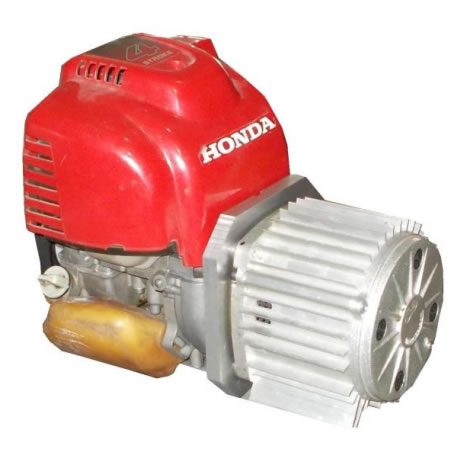CONSULTATION PROJETCS
We work closely with many of our customers on developing new instrumentation and applying it to help them solve their problems. Often we provide testing services, for example long-term fuel injection component reliability testing, in response to a customer need. Alternatively we often engage in shorter-term research and development projects on specific topics as required by out various partners, both industrial and academic. Below are some details on a few of the projects we've performed:
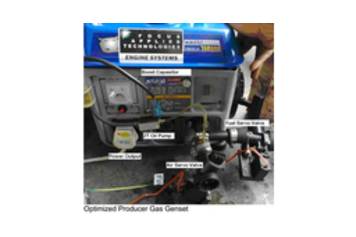 |
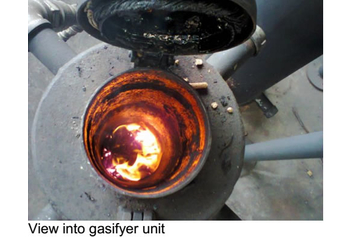 |
 |
|
| Some results showing effect of air/fuel ratio on power output |
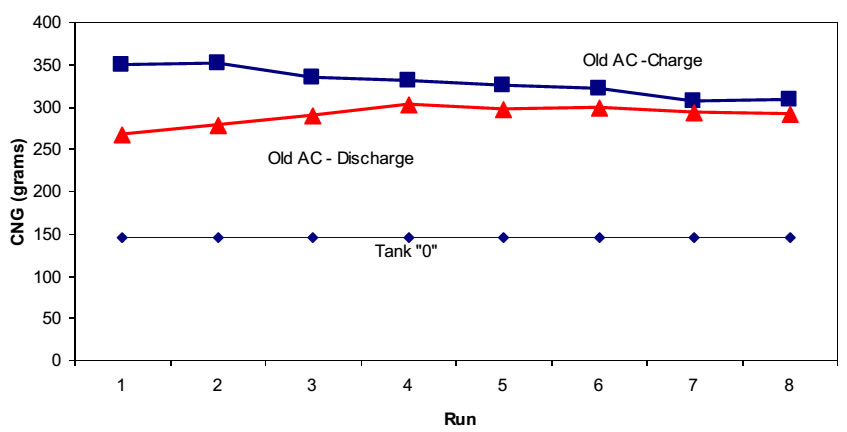
This data indicates a convergence between stored (blue) and released (red) CNG mass as a function of cycles. The difference is caused by "hysteretic" fuel hang up in the AC. Proper pre-conditioning of the AC can eliminate this.
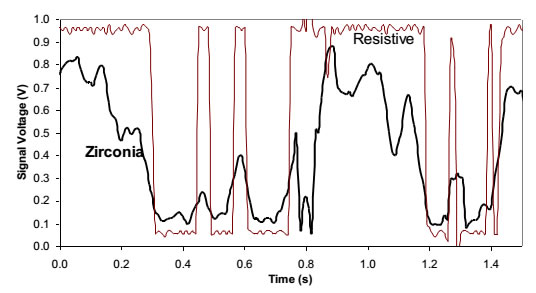 |
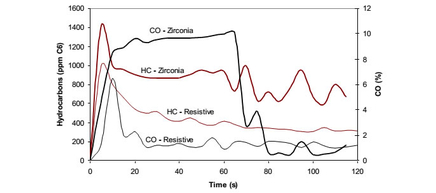 |
| The resistive sensor switched much faster than the Zirc sensor | Post-start emissions can be greatly reduced with the resistive sensor as it begins reading O2 in the first few seconds, where as the zirc sensor requires over 60 sec. to come online. |
